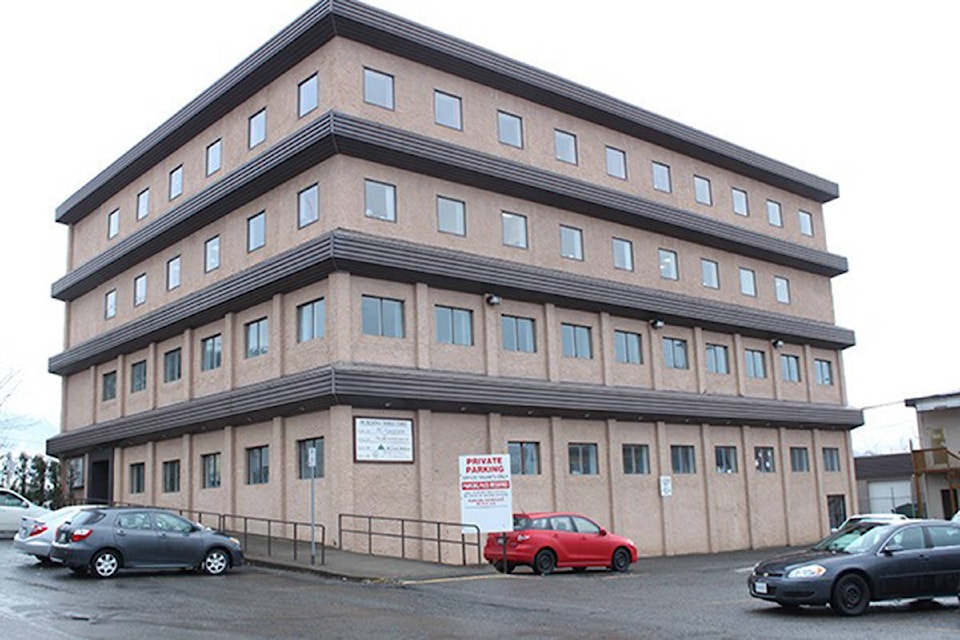The Regional District of Kitimat Stikine wants to hear from residents about their experience with internet connectivity in the Northwest.
Results from a new survey will be part of the district’s strategy to help Internet Service Providers (ISPs) access the Canadian Radio-television and Telecommunications Commission’s (CRTC) Broadband Fund to bring highspeed internet to rural and remote communities.
“I expect people are going to tell us that connectivity is an issue,” said Maggie Hall, RDKS economic development officer. “People have identified in their region that the lack of connectivity is a detriment to businesses, and overall makes doing business in the north very challenging.
READ MORE: Shaw opens up web service in response to COVID-19
“We’re hoping this will create a case for funding, because we need to make it easier for ISPs to come in our communities. If they’re going to remote areas where there isn’t a lot of existing infrastructure, they need to draw on the federal funding that’s available.”
Hall hopes to have the results of the survey blended with a finished strategy by August. Separate surveys for residential and business users can be found on the district’s website at rdks.bc.ca.
Although consultations on the strategy began in December, 2019, Hall said the COVID-19 pandemic has cast a spotlight on the importance of connectivity during a time of crisis, and hopes it will trigger more uptake in the survey.
READ MORE: National internet access plan needed in next federal budget
“People are being asked to work from home, but when in areas where your connectivity is not that great, it becomes a huge detriment to people’s lives. It’s everything: it’s emergency services, it’s healthcare, it’s your livelihood —it’s the way the world is and we have to make sure everybody’s on board.”
The CRTC wants every Canadian household and business to achieve internet download speeds of 50 Mbps minimum. However according to provincial government data, in B.C. only 33 per cent of rural communities and 35 per cent of rural Indigenous communities currently meet that target.
